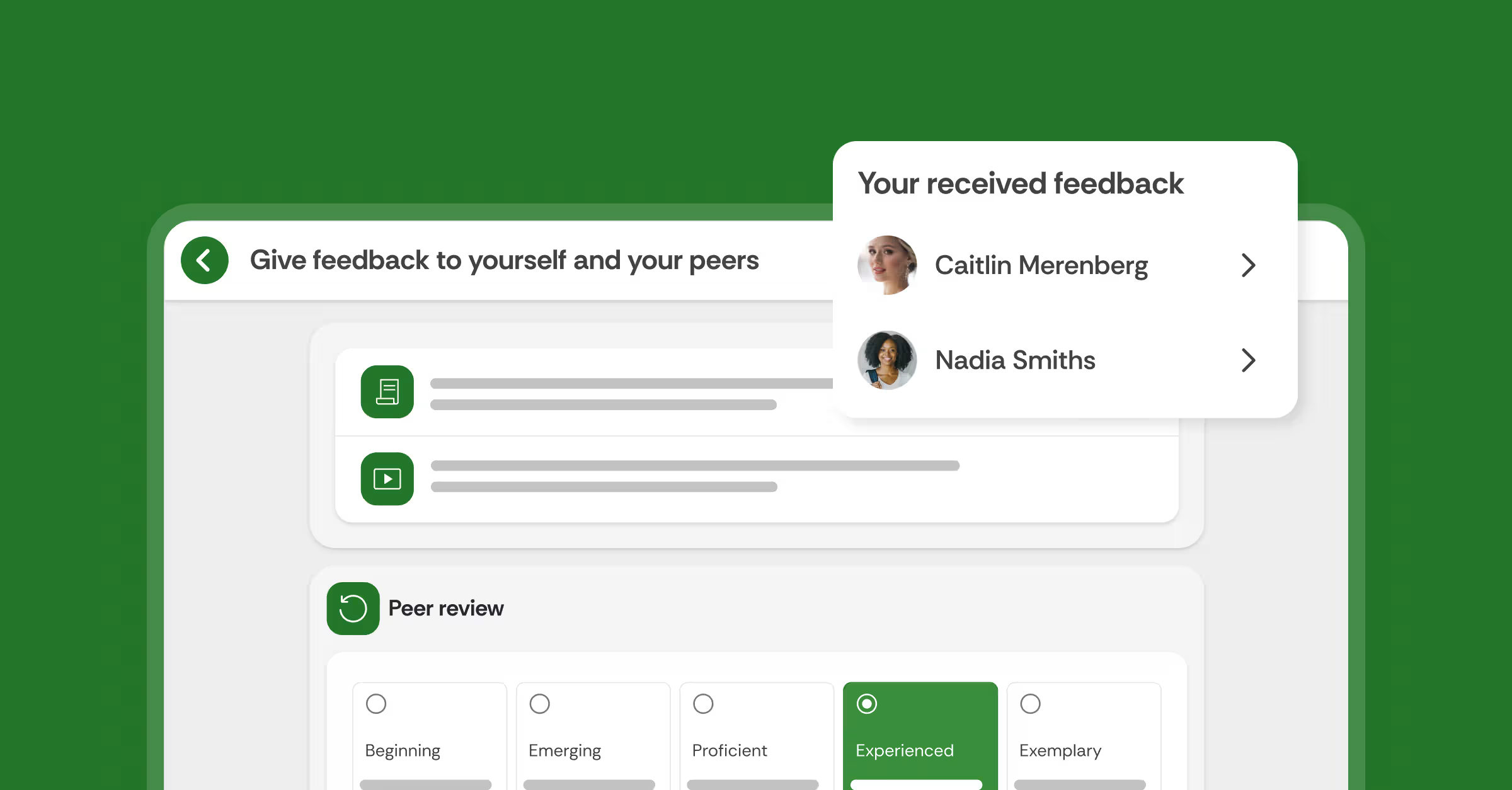How to improve student engagement in online teaching during COVID-19?
For many institutions, the first stage in the crisis of the COVID-19 pandemic is ending. Many institutions have begun the work of transferring teaching online and are now facing the reality of a world where distance learning will continue for some time.
While practical issues of digital education are being solved, many universities and their teaching staff are turning to the next challenge: how to keep students engaged in online learning over the next few months?
Many higher ed teaching staff use online learning to supplement their teaching but are unused to providing all their courses online. While courses at some institutions are delivered entirely online, these courses are often aimed at postgraduate level. Such courses take a lot of preparatory time and require significant creative thinking to ensure students remain engaged and do not drop off courses. Many studies have noted that online courses, particularly MOOCs have much higher drop out rates than traditional in-person courses. University professors and the institutions they work for need to spend some time on how to keep their students engaged.
Here are a few practical tips to help teachers keep their students engaged:

1 - Make work as interactive as possible
Keeping students’ attention has been a long-term struggle in education. The traditional lecture format has come under criticism for its inadequacy in engaging students, with emphasis placed on more modern pedagogical practices, like group work, peer feedback and blended or ‘flipped’ learning. These activities can continue online and may help to extend students’ attention spans. Professors and teachers, rather than relying on the lecture format, can use various tools to bring interactivity to their teaching.
One simple example is Interactive Video, which allows teachers to lock specific moments into the timeline of their video with practice questions and discussions over the topics learned in the previous sections. Students can go back and rewatch videos to practice topics. Teachers can keep track of how students are performing, and which questions they have trouble with. This approach keeps students motivated and allows teachers an in-depth look at how well their teaching is understood.
2 - Communicating expectations is key
For students who are learning online for the first time, the process will be unfamiliar and potentially off-putting. There are many factors that can affect engagement in online teaching from home situations (students may be living with family members who impact engagement) to technology problems (students may have older technologies or slower internet speeds) to different learning styles. Teachers need to take these differences into account when helping their students. While it can be difficult to anticipate any struggle that a student may be experiencing with online learning, clear communication is key.
In particular, teachers need to be clear with communicating their expectations. Students who are used to being on campus can more easily rely on their social networks for reminders or on campus based offices for assistance (such as libraries or special support offices), so will need additional clear communication about what is expected from them by teachers. Luckily many CMS’ used by universities have the capacity to set work and then track whether it has been done, to both student and teacher’s benefit.
3 - Use peer-to-peer networks to your advantage
The transition to online teaching will create lots of additional tasks for teachers, which can be difficult to juggle alongside other teaching tasks. The use of peer-to-peer learning is a huge advantage is these situations, as much discussion, learning and even grading can be done amongst peers.
This approach has multiple benefits, from encouraging students to claim responsibility for their work and others, increasing understanding of grading criteria and encouraging discussion and debate among peers. As David Boud, Director, Centre for Research in Assessment and Deakin Professor points out, if we place ourselves in the position of mediating all that students need to know, we not only create unrealistic expectations but we potentially deskill students from developing the vital skills of effectively learning from each other needed in life and work.
Many online learning platforms have peer-to-peer functions enabled and are easily integrated as activities in online learning. One such tool is Interactive Document, which asks students to work from the same document, often a relevant article or academic piece of writing. Students need to respond to discussions started by their peers and begin their own discussions, all rooted in the same article, but creating annotations in relevant sections of the document. This helps keep discussions focused yet open to everyone.
4 - Consider using programmatic assessment, rather than using final exams
Programmatic assessment takes into account multiple pieces of work and feedback, and uses these as a measure of student success, rather than their scores from a single exam. This form of assessment is more likely to increase student engagement, as it requires consistent effort and attention throughout the semester, rather than privileging those students who perform well in exams only. This approach is particularly relevant now as exam season may be put in jeopardy by the COVID-19 crisis. Using Programmatic assessment allows teaching staff to measure engagement more accurately - such as setting goals like watching course videos, or commenting on discussion boards. This allows teachers an opportunity to assess other markers of student beyond exam capability. To learn more about Programmatic assessment, see here.
5 - Emphasize self-guided learning (particularly with less experienced students)
Many students, particularly younger or more inexperienced students coming from secondary school, are used to being spoon fed information - an approach which is difficult when teaching an online course. It is crucial that students are encouraged to see themselves as creators of their own learning journey, rather than being passive receptors of a teacher’s learning. Many online tools can help with this, such as asking students to create their own study materials to share with the group.
Keeping students engaged during online learning is an issue that is yet to be solved. However, approaches which take student perspectives into account will always produce better outcomes, than those which attempt to recreate the campus-based experience online. Times like these call for innovative, creative thinking as well as the use of new approaches and digital tools which can be an asset to teaching.
















![[New] Competency-Based Assessment](https://no-cache.hubspot.com/cta/default/3782716/interactive-146849337207.png)










